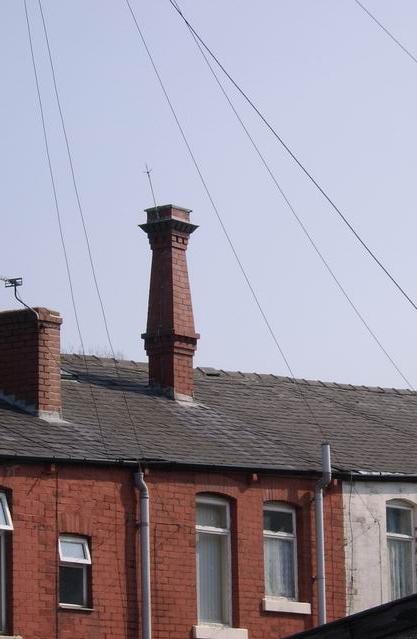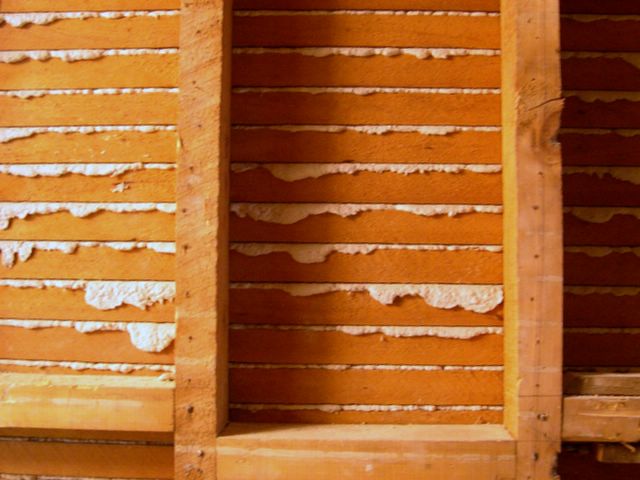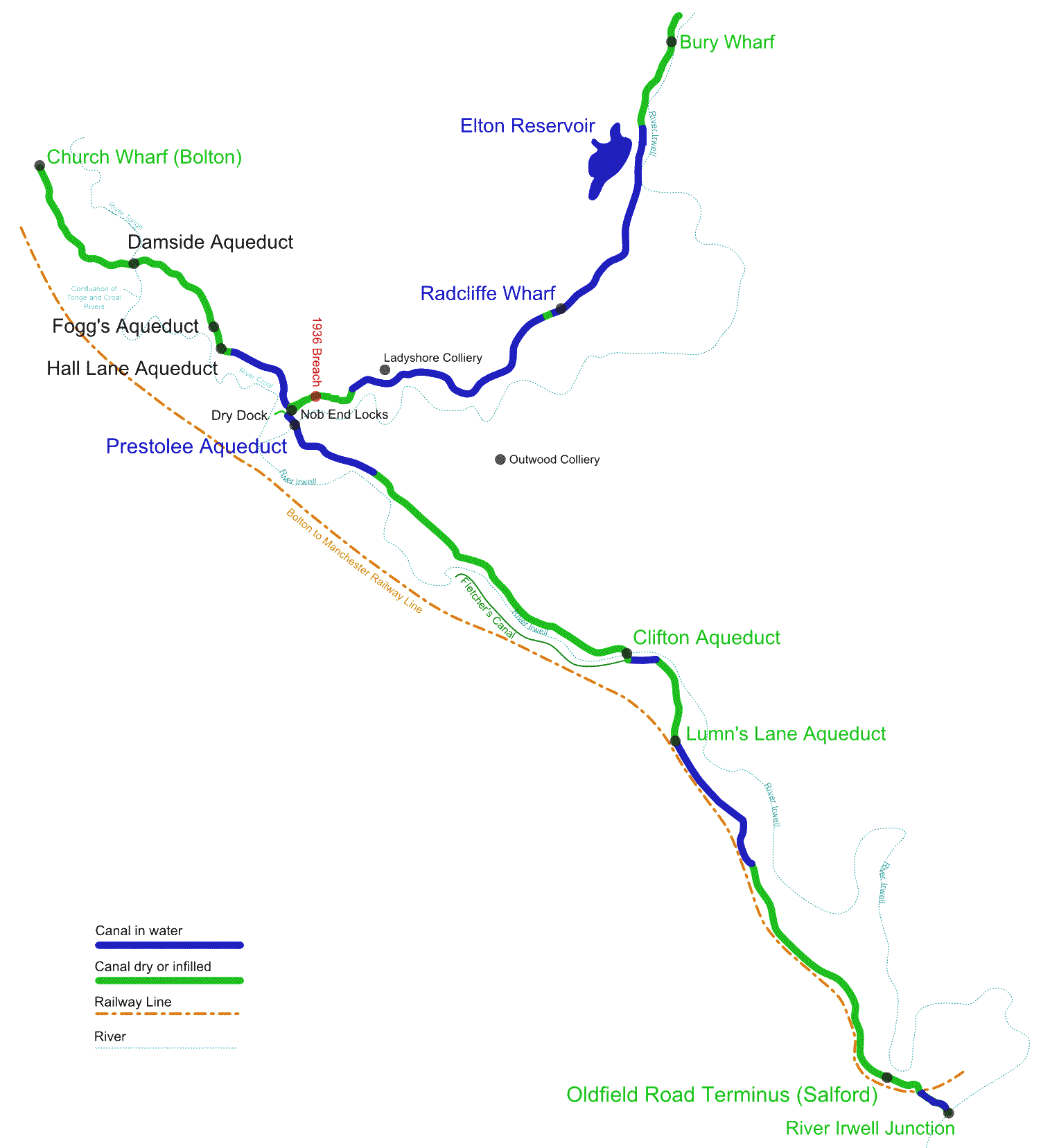|
Fred Dibnah's Made In Britain
Frederick Travis Dibnah, (29 April 1938 – 6 November 2004) was an English steeplejack and television personality, with a keen interest in mechanical engineering, who described himself as a "backstreet mechanic". When Dibnah was born, Britain relied heavily upon coal to fuel its industry. As a child, he was fascinated by the steam engines which powered the many textile mills in Bolton, but he paid particular attention to chimneys and the men who worked on them. He began his working life as a joiner, before becoming a steeplejack. From age 22, he served for two years in the Army Catering Corps of the British Army, undertaking his National Service Act 1948, National Service. Once demobilised, he returned to steeplejacking but met with limited success until he was asked to repair Bolton's parish church. The resulting publicity provided a boost to his business, ensuring he was almost never out of work. In 1978, while making repairs to Bolton Town Hall, Dibnah ... [...More Info...] [...Related Items...] OR: [Wikipedia] [Google] [Baidu] |
Bolton
Bolton (, locally ) is a large town in Greater Manchester in North West England, formerly a part of Lancashire. A former mill town, Bolton has been a production centre for textiles since Flemish people, Flemish weavers settled in the area in the 14th century, introducing a wool and cotton-weaving tradition. The urbanisation and development of the town largely coincided with the introduction of textile manufacture during the Industrial Revolution. Bolton was a 19th-century boomtown and, at its zenith in 1929, its 216 cotton mills and 26 bleaching and dyeing works made it one of the largest and most productive centres of Spinning (textiles), cotton spinning in the world. The British cotton industry declined sharply after the First World War and, by the 1980s, cotton manufacture had virtually ceased in Bolton. Close to the West Pennine Moors, Bolton is north-west of Manchester and lies between Manchester, Darwen, Blackburn, Chorley, Bury, Greater Manchester, Bury and ... [...More Info...] [...Related Items...] OR: [Wikipedia] [Google] [Baidu] |
Bleach
Bleach is the generic name for any chemical product that is used industrially or domestically to remove color (whitening) from a fabric or fiber or to clean or to remove stains in a process called bleaching. It often refers specifically, to a dilute solution of sodium hypochlorite, also called "liquid bleach". Many bleaches have broad spectrum bactericidal properties, making them useful for disinfecting and sterilizing. They are used in swimming pool sanitation to control bacteria, viruses, and algae, and in many places where sterile conditions are required. They are also used in many industrial processes, notably in the bleaching of wood pulp. Bleaches also have other minor uses like removing mildew, killing weeds, and increasing the longevity of cut flowers. Bleaches work by reacting with many colored organic compounds, such as natural pigments, and turning them into colorless ones. While most bleaches are oxidizing agents (chemicals that can remove electrons from other ... [...More Info...] [...Related Items...] OR: [Wikipedia] [Google] [Baidu] |
River Croal
The River Croal is a river located in Greater Manchester, England. It is a tributary of the River Irwell. Rising at the confluence of Middle Brook and Deane Church Brook, it flows eastwards through Bolton, collecting ''Gilnow Brook'' and the larger ''River Tonge'' at Darcy Lever. Most of the river is culverted through Bolton town centre, running under Knowsley Street, Market Place and Bridge Street. Before 1836, the River Croal formed the boundary between the townships of Great and Little Bolton. The name of the river is derived from the Old English ''croh'' and ''wella'', the winding stream. It was possibly originally called the Middlebrook along its entire length as early references mention the ''Mikelbrok'', (''mycel'' and ''broc''), the great stream but not the Croal. It meets the Irwell at Nob End, Kearsley after a total course of around ten miles. Tributaries * Doe Hey Brook (R) ** Will Hill Brook * Blackshaw Brook (L) * River Tonge The River Tonge is a short r ... [...More Info...] [...Related Items...] OR: [Wikipedia] [Google] [Baidu] |
Lath
A lath or slat is a thin, narrow strip of straight-grained wood used under roof shingles or tiles, on lath and plaster walls and ceilings to hold plaster, and in lattice and trellis work. ''Lath'' has expanded to mean any type of backing material for plaster. This includes metal wire mesh or expanded metal that is applied to a wood or metal framework as matrix over which stucco or plaster is applied, as well as wallboard products called gypsum or rock lath.Ching, Frank. ''A visual dictionary of architecture''. New York: Van Nostrand Reinhold, 1995. 198. Print. Historically, reed mat was also used as a lath material. One of the key elements of lath, whether wooden slats or wire mesh, are the openings or gaps that allow plaster or stucco to ooze behind and form a mechanical bond to the lath. This is not necessary for gypsum lath, which relies on a chemical bond. Etymology The word is recorded from the late 13th century and is likely derived from the Old English word *, a var ... [...More Info...] [...Related Items...] OR: [Wikipedia] [Google] [Baidu] |
Canoe
A canoe is a lightweight narrow water vessel, typically pointed at both ends and open on top, propelled by one or more seated or kneeling paddlers facing the direction of travel and using a single-bladed paddle. In British English, the term ''canoe'' can also refer to a kayak, while canoes are called Canadian or open canoes to distinguish them from kayaks. Canoes were developed by cultures all over the world, including some designed for use with sails or outriggers. Until the mid-19th century, the canoe was an important means of transport for exploration and trade, and in some places is still used as such, sometimes with the addition of an outboard motor. Where the canoe played a key role in history, such as the Northern United States, Canada, and New Zealand, it remains an important theme in popular culture. Canoes are now widely used for competition and pleasure, such as racing, whitewater, touring and camping, freestyle and general recreation. Canoeing has been part ... [...More Info...] [...Related Items...] OR: [Wikipedia] [Google] [Baidu] |
Manchester Bolton & Bury Canal
The Manchester Bolton & Bury Canal is a disused canal in Greater Manchester, England, built to link Bolton and Bury with Manchester. The canal, when fully opened, was long. It was accessed via a junction with the River Irwell in Salford. Seventeen locks were required to climb to the summit as it passed through Pendleton, heading northwest to Prestolee before it split northwest to Bolton and northeast to Bury. Between Bolton and Bury the canal was level and required no locks. Six aqueducts were built to allow the canal to cross the rivers Irwell and Tonge and several minor roads. The canal was commissioned in 1791 by local landowners and businessmen and built between 1791 and 1808, during the Golden Age of canal building, at a cost of £127,700 (£ today). Originally designed for narrow gauge boats, during its construction the canal was altered into a broad gauge canal to allow an ultimately unrealised connection with the Leeds and Liverpool Canal. The canal company la ... [...More Info...] [...Related Items...] OR: [Wikipedia] [Google] [Baidu] |
Swimming Baths
A swimming pool, swimming bath, wading pool, paddling pool, or simply pool, is a structure designed to hold water to enable swimming or other leisure activities. Pools can be built into the ground (in-ground pools) or built above ground (as a freestanding construction or as part of a building or other larger structure), and may be found as a feature aboard ocean-liners and cruise ships. In-ground pools are most commonly constructed from materials such as concrete, natural stone, metal, plastic, or fiberglass, and can be of a custom size and shape or built to a standardized size, the largest of which is the Olympic-size swimming pool. Many health clubs, fitness centers, and private clubs have pools used mostly for exercise or recreation. It is common for municipalities of every size to provide pools for public use. Many of these municipal pools are outdoor pools but indoor pools can also be found in buildings such as natatoriums and leisure centers. Hotels may have pools avai ... [...More Info...] [...Related Items...] OR: [Wikipedia] [Google] [Baidu] |
Inner Tube
An inner tube is an inflatable ring that forms the interior of some pneumatic tires. The tube is inflated with a valve stem, and fits inside of the casing of the tire. The inflated inner tube provides structural support and suspension, while the outer tire provides grip and protects the more fragile tube. They are widely used in bicycles and are also used in many motorcycles and heavy road vehicles such as trucks and buses. They are now less common in other wheeled vehicles because of the benefits of having no tube, such as the ability to operate at low pressure and at high pressure (unlike a tube tire, which would pinch at low pressure and burst at high pressure), without going flat. Large inner rings also make effective flotation devices and are widely used in the leisure activity of tubing. Material The tube is made out of a mix of natural and synthetic rubber. Natural rubber is less prone to punctures and is often more pliable, while synthetic rubber is cheaper. Often racin ... [...More Info...] [...Related Items...] OR: [Wikipedia] [Google] [Baidu] |
Potato Chip
A potato chip (North American English; often just chip) or crisp (British and Irish English) is a thin slice of potato that has been either deep fried, baked, or air fried until crunchy. They are commonly served as a snack, side dish, or appetizer. The basic chips are cooked and salted; additional varieties are manufactured using various flavorings and ingredients including herbs, spices, cheeses, other natural flavors, artificial flavors, and additives. Potato chips form a large part of the snack food and convenience food market in Western countries. The global potato chip market generated total revenue of US$16.49 billion in 2005. This accounted for 35.5% of the total savory snacks market in that year ($46.1 billion). History The earliest known recipe for something similar to today's potato chips is in William Kitchiner's book '' The Cook's Oracle'' published in 1817, which was a bestseller in the United Kingdom and the United States. The 1822 edition's recipe for "Pota ... [...More Info...] [...Related Items...] OR: [Wikipedia] [Google] [Baidu] |
Diving Suit
A diving suit is a garment or device designed to protect a diver from the underwater environment. A diving suit may also incorporate a breathing gas supply (such as for a standard diving dress or atmospheric diving suit). but in most cases the term applies only to the environmental protective covering worn by the diver. The breathing gas supply is usually referred to separately. There is no generic term for the combination of suit and breathing apparatus alone. It is generally referred to as diving equipment or dive gear along with any other equipment necessary for the dive. Diving suits can be divided into two classes: "soft" or ambient pressure diving suits – examples are wetsuits, dry suits, semi-dry suits and dive skins – and "hard" or atmospheric diving suit, atmospheric pressure diving suits, armored suits that keep the diver at atmospheric pressure at any depth within the operating range of the suit. Function The diving suit is worn as protection from the diving envi ... [...More Info...] [...Related Items...] OR: [Wikipedia] [Google] [Baidu] |
Mill Lodge
A mill pond (or millpond) is a body of water used as a reservoir for a water-powered mill. Description Mill ponds were often created through the construction of a mill dam or weir (and mill stream) across a waterway. In many places, the common proper name Mill Pond has remained even though the mill has long since gone. It may be fed by a man-made stream, known by several terms including leat and'' mill stream.'' The channel or stream leading from the mill pond is the mill race, which together with weirs, dams, channels and the terrain establishing the mill pond, delivers water to the mill wheel to convert potential and/or kinetic energy of the water to mechanical energy by rotating the mill wheel. The production of mechanical power is the purpose of this civil engineering hydraulic system. The term mill pond is often used colloquially and in literature to refer to a very flat body of water. Witnesses of the loss of RMS Titanic RMS ''Titanic'' was a British passenge ... [...More Info...] [...Related Items...] OR: [Wikipedia] [Google] [Baidu] |
Burnden Park
Burnden Park was the home of English football club Bolton Wanderers who played home games there between 1895 and 1997. As well as hosting the 1901 FA Cup Final replay, it was the scene in 1946 of one of the greatest disasters in English football, and the subject of an L. S. Lowry painting. It was demolished in 1999, two years after Bolton moved to Horwich and their new home at the Reebok Stadium. Location Situated on Manchester Road in the Burnden area of Bolton – less than a mile south of the town centre – the ground served as the home of the town's football team for 102 years. History Bolton Wanderers was formed in 1874 as Christ Church FC, with the vicar as club president. After disagreements about the use of church premises, the club broke away and became Bolton Wanderers in a 1877 meeting at the Gladstone Hotel. At this time Bolton played at Pike's Lane but needed a purpose built ground to play home matches. As a result, Bolton Wanderers Football and Athletic Club, o ... [...More Info...] [...Related Items...] OR: [Wikipedia] [Google] [Baidu] |









